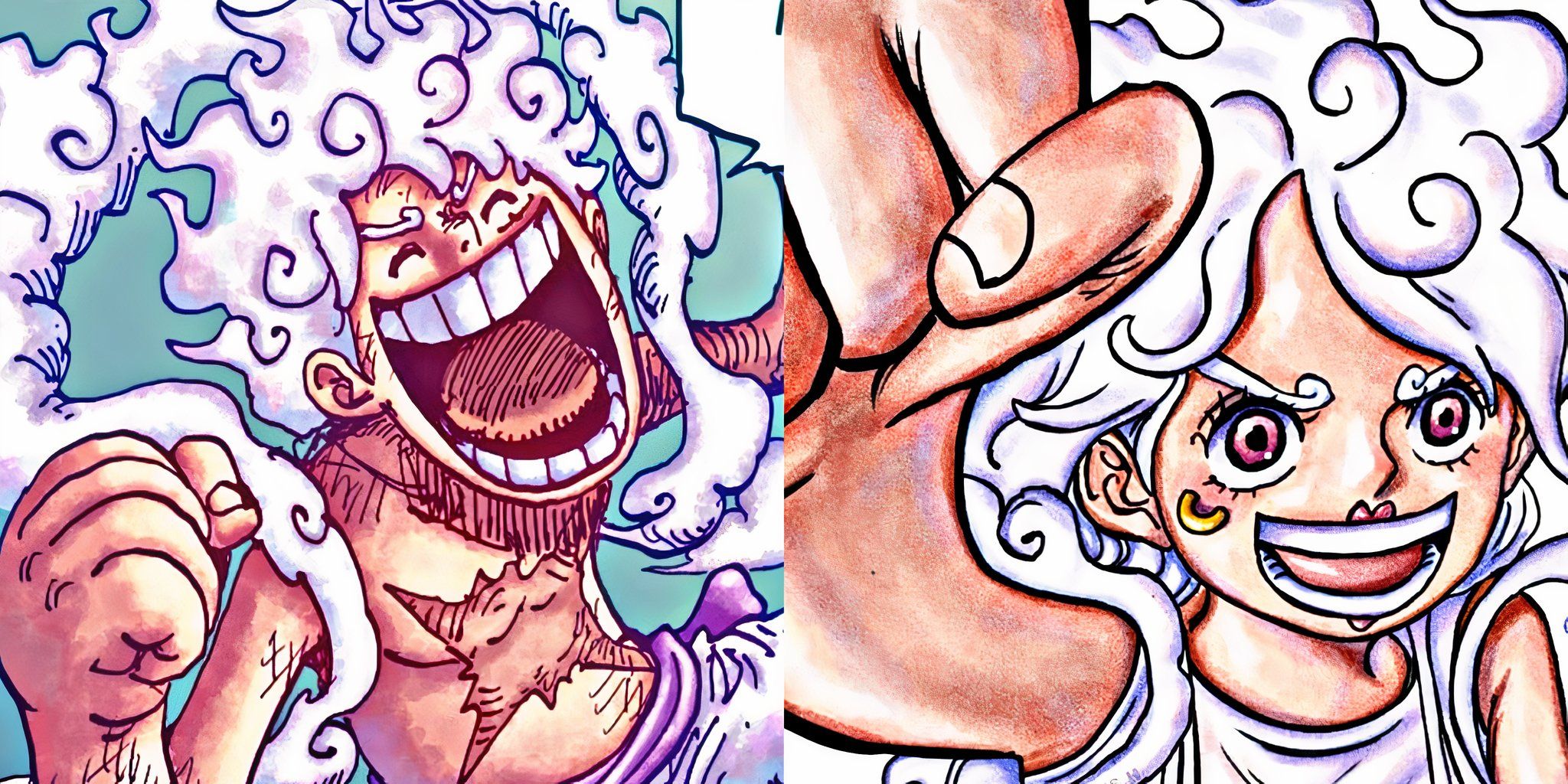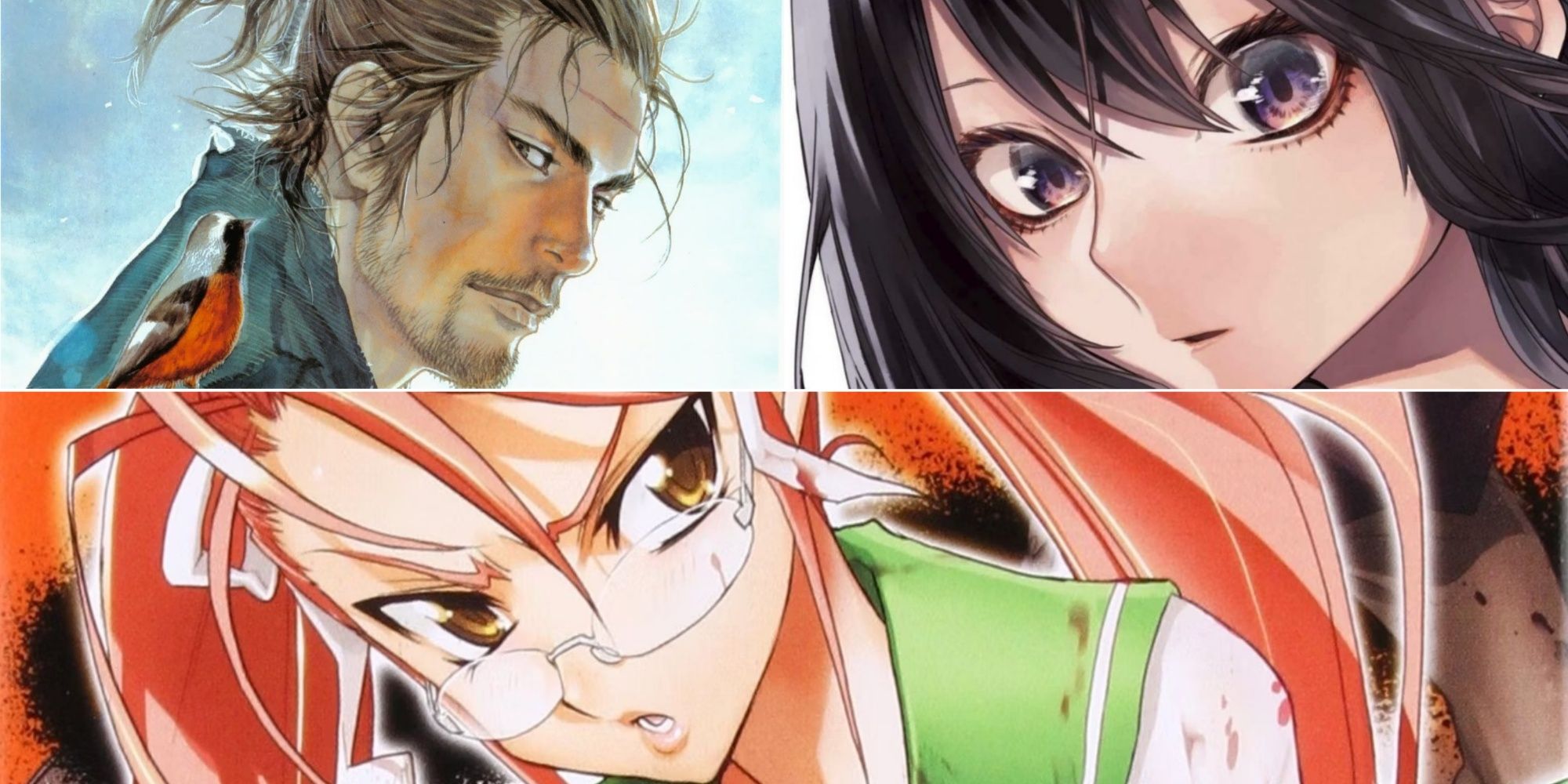In the original Tower of GodWEBTOON series, written and illustrated by S.I.U., and that was adapted into an anime, with its first season aired in 2020, the main character’s name is “Bam” (밤 in Korean), which means “Night.” In the anime adaptation, the main character is called “Yoru” (夜 in Japanese), which means the exact same thing: Night. However, Bam can also mean “chestnut” in Korean. While netizens dismiss this second meaning as unimportant, Korean customs and a Korean legend state otherwise.
Despite its world-class advancement in technology and manufacture, South Korea is swamped with superstitions, most of which are rooted in Korean shamanism, and exist in many parts of Korean life. When naming a baby, among other situations, Koreans go through convoluted rituals to invoke shamans, fortune-tellers, and diviners. Therefore, names abound with meaning.
What's In A Name?
However, the name chosen for the localization is strange and conveys meaning even in Japan. Yoru is a very unusual name and would not cause a good impression in Japan, where night is associated with negative feelings.
Chestnuts have their symbolism in Japan too, not only in South Korea. As Fall descends upon Japan and South Korea, the hearty chestnuts come into season. Chestnuts are available in both countries in the Fall and Winter only. Always served as part of the menu for the New Year in Japan, chestnuts represent success and hard times, mastery, and strength. They also appear in traditional New Year’s food in Japan in the form of “kurikinton”, which is a sweet past-like dish with chunks of chestnuts and mashed sweet potatoes.
In the universe of Tower Of God, Your/Bam’s name, assuming the chestnut symbolism, conveys a lot of what he goes through, and he reaches success after hard times, as well as mastery and strength.
A Korean legend also says a lot about this character in the symbolic meaning it portrays. This legend tells the origins of the indigenous tree nadobamnamu, which means “I am also a chestnut tree”, and is associated with a man’s tragic fate avoided by planting a thousand chestnut trees. Duke Yi Won-su had a son at a late stage in his life and treasured him very immensely. This son of his would grow up to be the Neo-Confucian scholar Yi I, whose pen name was Yulgok, which means “chestnut valley”.
One day, a Taoist ascetic that was passing by took a look at the face of the young Yulgok and remarked that it was physiognomically auspicious, but his signs said that they youngster was destined to be eaten by a tiger. Nevertheless, he added, this fate could be avoided by planting a thousand chestnut trees. Duke Yi Won-su followed his instructions and took extremely good care of the trees, and, when Yulgok turned twenty years old, came around a stranger who demanded Yulgok’s life, which the Duke refused, saying that he had done everything that was required of him, by planting one thousand chestnut trees.
However, when he and the stranger went to count the trees, they were one short of a thousand. It was then that a nadobamnamu tree (meliosma myriantha) stepped up and claimed that it was a chestnut tree as well — bamnanu, in which “bam” means “chestnut”, and “namu”, “tree (밤나무) —, upon which the man turned into a tiger and died. Ergo, Yulgok was able to avoid being eaten by a tiger, and he became a great scholar.
This narrative from Korean folklore is based on the common belief that a person can take certain actions in order to avoid bad fortune, even if it is meant to be by fate. It also relates to tree worship, which is rooted in the faith that trees and human beings are connected by a mystical force. The act of planting and protecting chestnut trees can be regarded as something similar to a person’s giving birth to and raising their children. The planting of chestnut trees with the purpose of avoiding bad fate seems to reflect the custom of using chestnut wood in the carving of ancestral spirit tables. The chestnut motif is also associated with the pen name of the scholar in the narrative, Yulgok, which grants the story the traits of a character legend. Furthermore, folklore mentions a Korean tradition of throwing chestnuts and dates to symbolize fertility and the health of children – the health of children ties with the story in this legend. Also, the ceremony pyebaek involves giving chestnuts to a bride, who, later, visits her in-laws to gift them chestnuts and dates.
Asia is the largest producer and consumer of chestnuts in the world, with their use as food over 9,000 years ago in Japan documented in carbonized nuts found in ancient villages. Korea and China are the largest producers of chestnuts in the world. Chinese chestnuts have flavorful nuts and are resistant to chestnut blight. Korea grows Chinese-Japanese cultivars. Japan is a major consumer of chestnuts too, and the Japanese ones are big, but not nearly as flavorful as the Chinese nuts.
With all this in mind, it can be said that the meanings behind the symbolism of “Bam”, Yoru’s original name in Korean, should not be that easily ignored and dismissed, considering the meanings names convey, the high significance that chestnuts still have in Korean’s superstitions, folklore, traditions, as well as their meanings and uses in Japan, and these meanings can be tied to the plot and developments of this major character in the series — that some fans actually connect with Jesus, and that is not such far a stretch, considering his betrayal and "death" and "resurrection".





